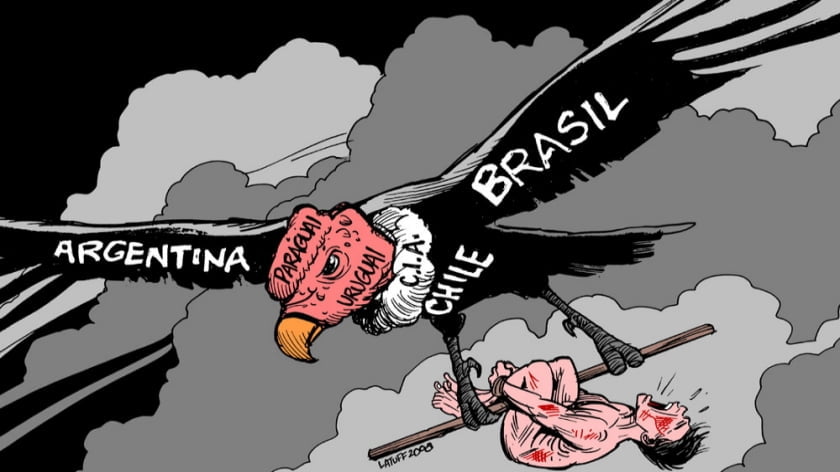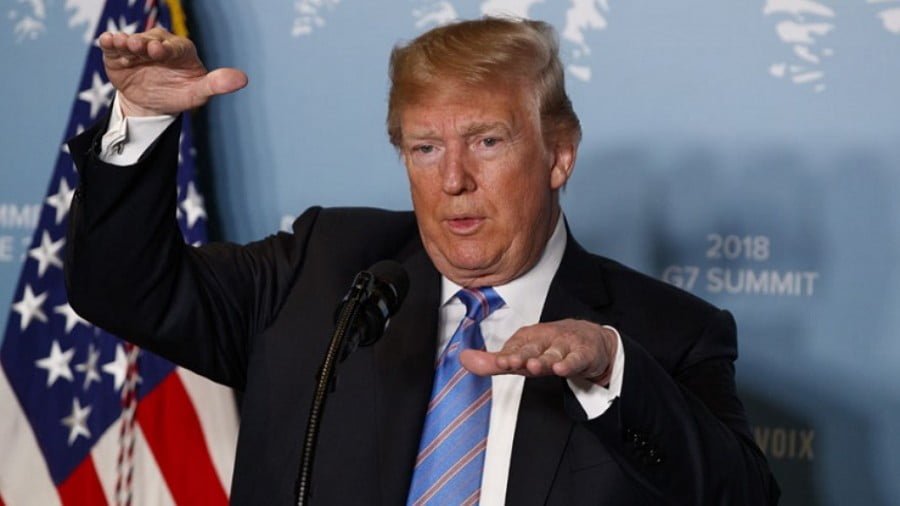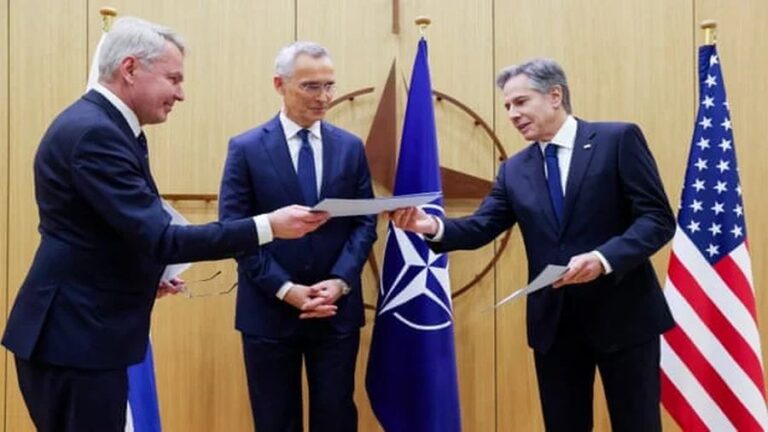The Transforming China-Pakistan Economic Corridor
In May, 2017 the Prime Minister of India refused to participate in the founding meeting in Beijing of the ambitious Belt-Road Initiative (BRI), the network of high-speed rail and deep water port linkages across the Eurasia land mass. The official reason given was that China had gone ahead with her neighbor state and long-term ally, Pakistan, to begin construction of a China-Pakistan Economic Corridor (CPEC) without first consulting India. To read the statement of Modi and the Indian government it would seem CPEC was tantamount to a China declaration of intent to invade India. It is worthwhile to look at what the China-Pakistan project actually entails.
In 2015 Chinese President Xi Jinping announced a bilateral agreement with the government of Pakistan to construct a network originating from Kashgar in China’s Xinjiang Province in the far northwest of the country that borders Mongolia, Russia, Kazakhstan, Kyrgystan, Tajikistan and of course, Pakistan. The 3200 kilometers of the CPEC go finally through Pakistan via several infrastructure arteries to Gwadar inBalochistan Province on the Arabian Sea near the border to Iran.
As part of the overall BRI project, CPEC is a strategic corridor—one of six main corridors at present—of China’s grand infrastructure enterprise, an enterprise on a scale never undertaken by any nation until now. Across Pakistan a grid of electric power plants, highways and new ports is being built. A sum of $18 billion investment mainly in coal plants in Pakistan, $10 billion in construction of new modern highways and the rest in port and rail construction was mentioned originally when President Xi Jinping first announced the CPEC in 2015. A new Chinese-built modern deep-water port at Gwadar on the Arabian Sea is a keystone of the project. Since initially proposed, the CPEC has grown now to an estimated $62 billion in scope, a huge infrastructure investment for one of the poorest economies in Asia.
A closer look into the various projects of CPEC reveals the most comprehensive investments in Pakistan’s turbulent history since Lord Mountbatten in 1947 carved the British India into two states—predominately Muslim Pakistan and dominantly Hindu India—as the last Viceroy of India, then promptly retired, leaving behind a calculated tinderbox of geopolitical tensions and conflict.
Energy in center
The major component of the China-Pakistan Economic Corridor is dealing with the severe electric power shortfalls across Pakistan. The CPEC calls for creation of 17 priority energy projects. One such project is Sahiwal Coal Power Plant, a$1.7 billion state of the art supercritical coal-fired power project–high-efficiency low-emissions. The plant is environmentally compliant with high thermal efficiency to ensure low fuel consumption, also known as “clean coal.”It began electricity generation in July with a total capacity of 1,320 megawatts (MW), from two units of 660MW each. It was constructed by China’s state-owned Huaneng Shandong and the Shandong Ruyi Science and Technology Group and was finished six months ahead of schedule.
The two Sahiwal power units in Punjab province have already reduced Pakistan’s power deficit by 25%, a major economic boost to the nation’s economic capacity.
The CPEC design is to complete a total of over 12,134 MWor megawatts of electricity-generating capacity by 2019, a major boon to Pakistan’s economy. At present the total electric generation capacity of all Pakistan is 20,000 MW according to Pakistan’s Secretary Water and Power, Mohammad YounisDagha, meaning that in less than two years the Pakistani economy will add more than 60% of new electric generation. This is no minor improvement, it is a qualitative leap forward.
The new plants will be a mix of low-emission coal plants and mainly hydroelectric plants, with an added small contribution from solar and wind generation. Most of the new electric generation capacity will be in Pakistan’s Sindh Province which bordersBalochistan province to the west, Punjab province to the north, the Indian states of Gujarat and Rajasthan to the east, and the Arabian Sea to the south. Sindh, which will get 5,580 MW of new power plants, is where Karachi, Pakistan’s largest city and financial hub is situated.Sindh is location of a large portion of Pakistan’s industry and contains two commercial seaports–Port Bin Qasim and the Karachi Port.
For the rest of the CPEC energy grid up-build, Punjab will get 2,940 MW, Balochistan will be given 1,620 MW, Azad Jammu and Kashmir will be given 1,124 MW and Khyber Pakhtunkhwa will be given 870 MW.
Azad Kashmir and Gilgit-Baltistan
In Azad Jammu and Kashmir, commonly referred to asAzad Kashmir, a new hydroelectric power station, the Neelum-Jhelum hydro power plant, a “run-of-the-river” power plant,will divert water from the Neelum River to a power station on the Jhelum River. The power station will add a significant 968 MW of electric power. The power station part is 96% complete as of this writing and due to begin operation in January 2018. It’s been funded by a combination of the Neelum Jhelum Hydropower Company, by taxes, bond offerings, and secured loans from a consortium of Chinese banks and from banks from the Middle East. Construction was awarded by the Pakistani government to a Chinese consortium CGGC-CMEC (Gezhouba Group and China National Machinery Import and Export Corporation) for both the power station and a later dam with “pondage” storage reservoir. When completed it will add much needed electric power to the region as well as water storage and land irrigation for agriculture.
Azad Kashmir together with the continguousGilgit-Baltistan is referred to by the UN and other international bodies as “Pakistan-administered Kashmir.” The British deliberately left Kashmir borders undefined as a convenient raw sore, keeping friction between India and Pakistan. De facto since decades, Pakistan-administered Kashmir including Gilgit-Baltistan is part of Pakistan. However, this dispute and the fact that China’s China-Pakistan Economic Corridor, of geographic necessity, flows through Azad Kashmir and Gilgit-Baltistan is the formal reason Modi’s India decided to stay out of the China Belt Road Initiative, much to India’s future economic loss to be sure.
The enormous hydroelectric power potentials of the beautiful mountainous Gilgit-Baltistan, a region given limited self-governing autonomy by Pakistan in 2009, is impressive. With a population of 1,800,000, it is home to five of the fourteen independent mountains over 8,000 metres (26,247 ft) above sea level.
In September 2009, four years before official announcement of the China New Economic Silk Road as it was initially called, Pakistan signed an agreement with the People’s Republic of China for construction of a 7,000-megawatt dam at Bunji in Gilgit-Baltistan. With growing water supply problems across Pakistan, the once-isolated Gilgit-Baltistan is becoming strategic for the future of Pakistan and for South, West and Central Asia as a trade, water and oil corridor Between Pakistan’s Gwadar Port and China’s Xinjiang.
Clearly one reason Beijing voted to accept both Pakistan and India as full members of the Shanghai Cooperation Organization last year was anticipation that collectively within the SCO China, India and Pakistan could peacefully resolve the dispute over Kashmir in the context of mutually beneficial economic infrastructure development from the BRI.
In June, 2017, China informed the Pakistan government thatconstruction of the DiamirBhasha Dam in Gilgit-Baltistan would be a part of the China-Pakistan Economic Corridor. In 2006 the Asian Development Bank (ADB) had committed to finance the dam but after ten years of stalling, finally backed out under pressure, stating, after a decade, that it was in “disputed territory,” something that clearly reflected the hidden hand of Washington sabotage.
The $14 billion dam when complete will produce 4500 megawatts of electricity through environmentally clean hydropower generation, and store an extra 8 500 000 acre feet (10.5 km3) of water for the country for irrigation and drinking, and extend the life of Tarbela Dam located downstream by35 years. This willprotect Punjab and Sindh downstream from the high flooding of the River Indus.
Rails, Highways, Ports
For China, today dependent on the vulnerable Straits of Malacca for 80% of its oil imports from Africa and the Middle East, construction of a major oil pipeline from Gwadar port on the Arabian Sea. This year construction of a Gwadar-Kashgar oil pipeline that will carry one million barrel per day (1MMBD) Middle Eastern oil to China, will allow China to shift around 17 percent of its oil import away from the Malacca Strait. The new pipeline is due to complete by 2021. In 2015 the Chinese Overseas Port Holding Company (COPHC) took over operation of the Gwadar Port in a lease for 43 years, and Gwadar Port became a formal link between the overland and the maritime sections of China’s Belt and Road Initiative.
Ongoing expansion of the port under the China-Pakistan Economic Corridor project is estimated at $1.6 billion. It will link northern Pakistan and western China to the deep water seaport. Gwadar will also have a floating liquefied natural gas facility as part of a $2.5 billion Gwadar-Nawabshah segment of the Iran–Pakistan gas pipeline project. Gwadar is only 120 miles from the Iranian border. Construction began in June 2016 on the Gwadar Special Economic Zone, which is being built adjacent to the port. The Chinese government is financing much of the port construction via zero interest loans whereby Pakistan must only repay principal.
Estimates are that the Gwadar oil pipeline to Kashgar in Xinjiang China will cut the shipping cost and transit time to half of the current circuitous 12,000 km sea route. It also avoids the geopolitically risky Malacca Strait. China is also building a major oil refinery at the Gwadar port, giving easy access for doing business with Middle East, Africa and Europe with much shorter time and distance.
Since the Obama Administration proclaimed its foolish “Asia Pivot” military redeployment to encircle China in the South China Sea and beyond, China has prioritized its alternatives for energy and military security in event of a future confrontation with Washington, something not at all inconceivable these days. In his 2017 reconfirmation Senate testimony September 27, Chairman of the US Joint Chiefs of Staff, General Joseph Dunford declared, “I think China probably poses the greatest threat to our nation by about 2025.” Since Washington declared its Asia Pivot in 2010 as official military doctrine to contain China, China definitely sees the US as China’s “greatest threat.” I can’t say I blame them given all the mischief the US has been making to isolate China over the past seven years.
A recent study by Beijing’s Chongyang Institute for Financial Studies of Renmin University remarks that the building up of the China-Pakistan Economic Corridor will not only be a “huge driving force for the development of China and Pakistan, but also in its stimulation of coordinated economic development by closely linking up Central Asian, South Asian, North African and Gulf countries and regions with the economic, trade and infrastructure connectivity and energy cooperation.”
The BRI and the CPEC prime corridor of the BRI is not about making easier a Chinese invasion of India as some Indian and Washington think tanks claim. It is about intelligent building up the economic space, not bombing it down as Dunford, Defense Secretary Mad Man, sorry, Mad Dog Mattis, and others in Washington advocate.
By F. William Engdahl
Source: New Eastern Outlook







